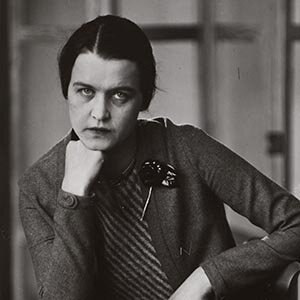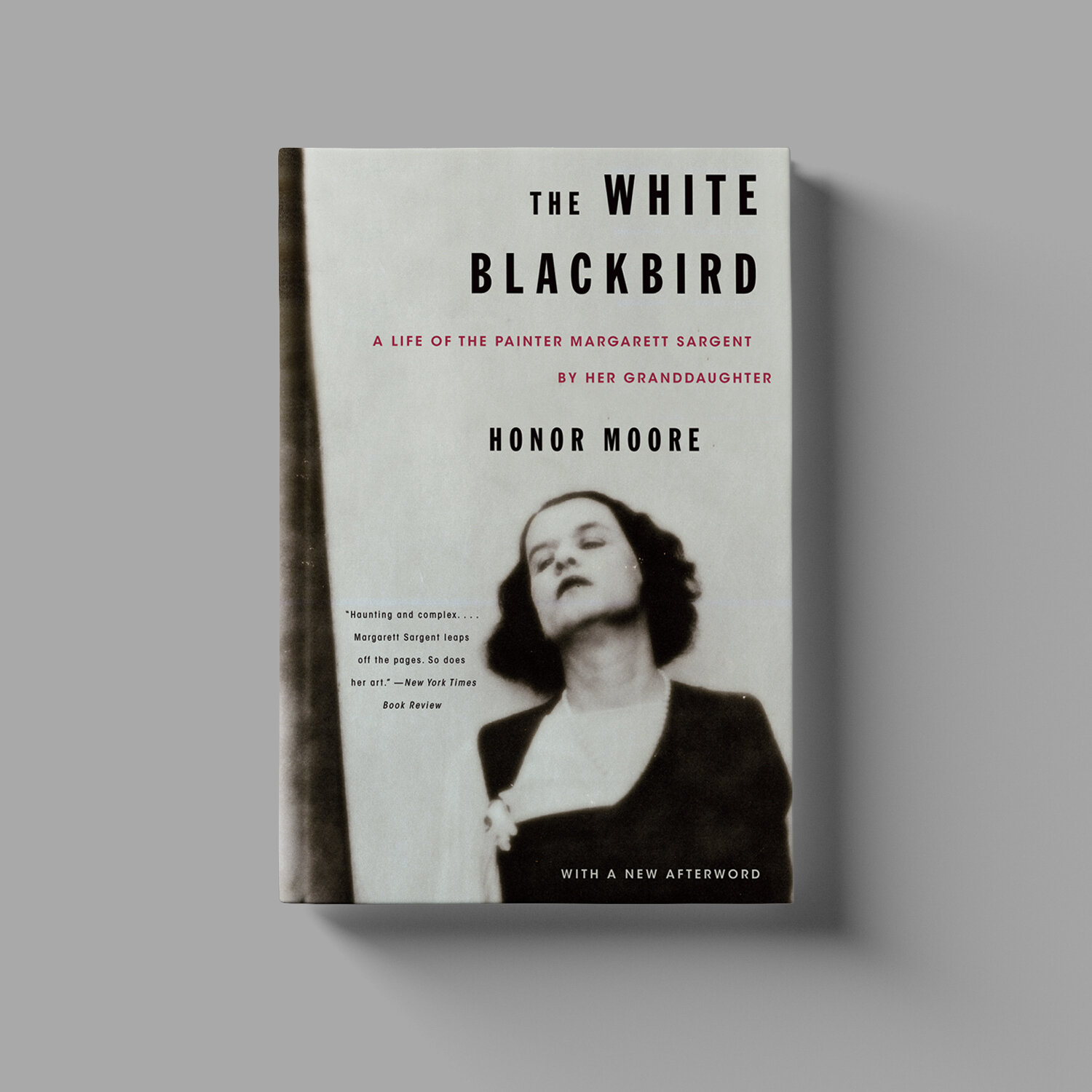Biography
Margarett Sargent (1892-1978)
was a Boston-born society woman, the fourth cousin of John Singer Sargent, and a lover or confidant of such diverse figures as Jane Bowles, George Luks, Betty Parsons, Berenice Abbott, Harpo Marx and Fanny Brice. She was, one gathers, a party girl who was plagued by alcoholism and mental breakdown in her later life. She was also, as this exhibition reveals, a painter of genuine talent who, in a relatively brief period of productivity, from the early '20s to 1936, created a striking portrait of the privileged milieu in which she moved.
Her paintings contain strong echoes of Matisse, but they have an edgy quality which is far from the sunny ebullience that has made that master such a popular attraction. Color values often seem deliberately dissonant, and many paintings are dominated by a sallow shade of green-yellow that invades skin tones and gives Sargent's subjects the aura of creatures that thrive only in artificial light.
The portrait was Sargent's genre, and this exhibition contains her representations of society belles, dandies in evening dress, chorus girls and mannish women in tweeds and berets. Only two paintings represent domestic scenes. One shows a not particularly happy-looking family sitting around a kitchen table. The other, a tableau reminiscent of Mary Cassatt, offers the sweetly pensive image of a young girl quietly sewing in a chair. But these are anomalies--one senses from the rest of the work the artist's general lack of interest in this sphere.
Sargent shows a similar lack of interest in society's lower orders. The one exception is a curiously unnerving portrait of a young workman. He sits awkwardly, half-imprisoned in a distorted yellow wooden chair, his class affiliation signaled by his thick hands, proletarian clothes and unintelligible expression.
By contrast, Sargent's more usual subjects exude a self-confidence and, at times, a self-dramatization, that marks their privileged social origins. At the same time, an underlying uneasiness pervades many of the paintings. For instance, a woman at the theater throws a graceful glance at us over her bare shoulders. On stage in the distance we glimpse a pair of actors embracing, while next to her, belying the romance on stage, we seethe coarse features of the tuxedoed man who is her companion.
Equally troubling psychologically is a painting of a woman dressed only in a slip and top hat. There are the inevitable reverberations of Marlene Dietrich in The Blue Angel, but the pose of Sargent's sitter is more wary than provocative, and her eyes, ringed in dark shadows, give her a threatening quality.
The reintroduction of Margarett Sargent, whose works haven't been exhibited since 1936, brings back a lost world of wealth and privileged bohemianism. These intriguing paintings conjure a creator in whom independence, self-indulgence intelligence, passion and a restless quest for beauty mingle to both productive and self-destructive effect.
–Linda Nochlin
COPYRIGHT 1996 Brant Publications, Inc.
COPYRIGHT 2004 Gale Group
Prides, spun from a seventeenth-century saltbox, was designed by Joseph Leland.
To learn more about Margarett
purchase her biography,
The White Blackbird
Written by her grand-daughter, Honor Moore

